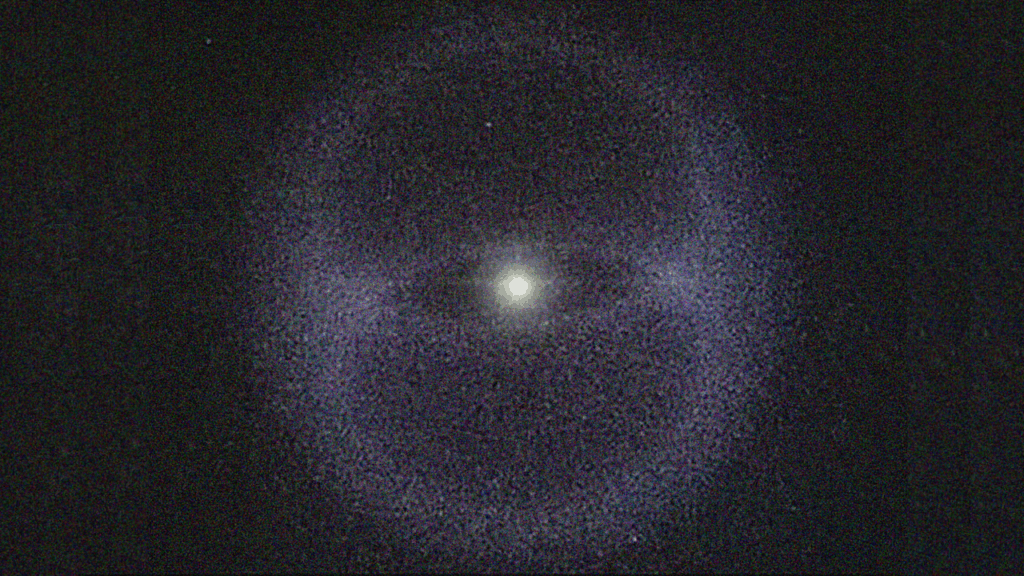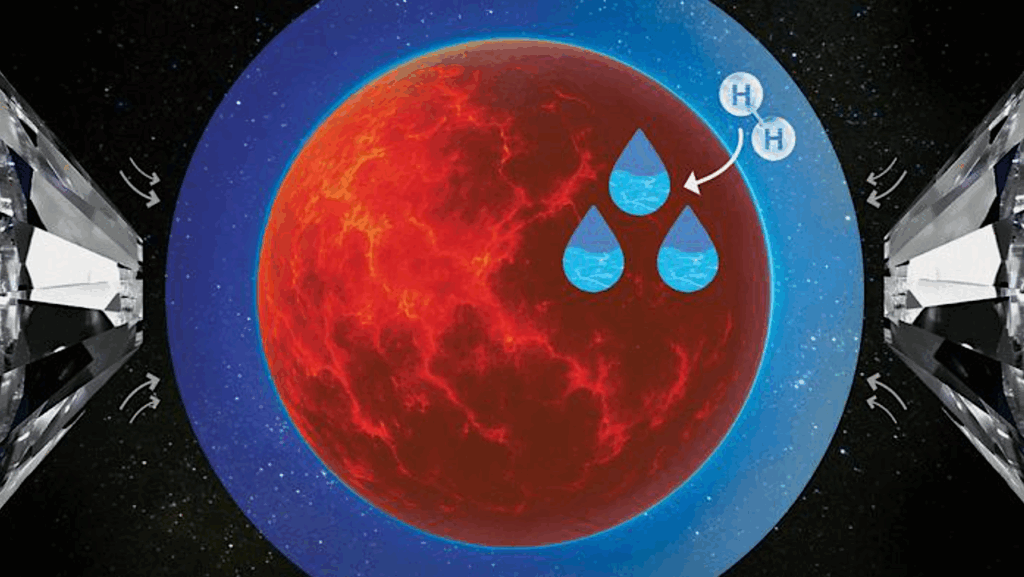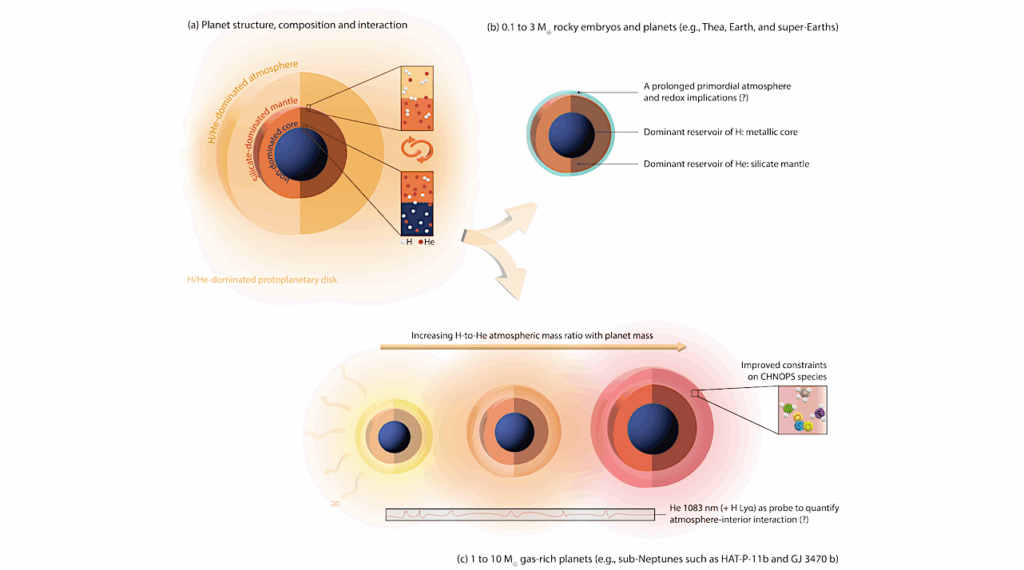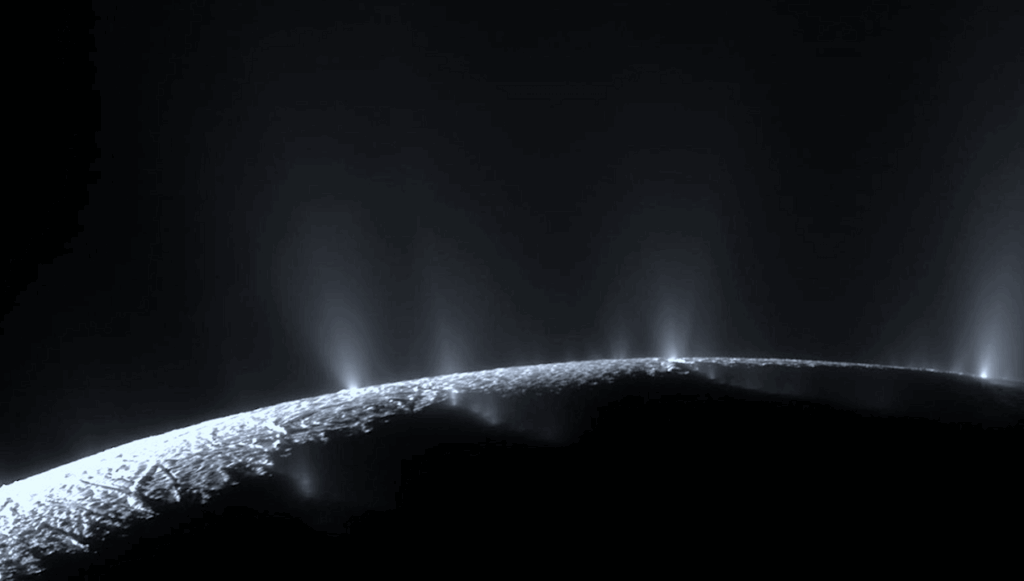Correlations Among Complex Organic Molecules Around Protostars: Effects Of Physical Structure

Column density ratios of complex organic molecules are generally constant across protostellar systems with some low-level scatter.
However, the scatter in formamide (NH2CHO) to methanol (CH3OH) column density ratio is one of the highest. This larger scatter is sometimes interpreted as evidence of gas-phase formation of NH2CHO.
In this work we propose an alternative interpretation in which this scatter is produced by differences in the snowline locations related to differences in binding energies of these species and the small-scale structure of the envelope and the disk system. We also include CH3CN in our work as a control molecule which has a similar binding energy to CH3OH. We use radiative transfer models to calculate the emission from these species in protostellar systems with and without disks.
The abundances of these species are parameterized in our models. Then we fit the calculated emission lines to find the column densities as done in real observations. We find a correction factor of ~10 to be multiplied by gas-phase NNH2CHO/NCH3OH to give the true abundance ratio of these two species in the ices.
We find that models with different physical parameters produce a scatter in NNH2CHO/NCH3OH, comparable with that of observations. The scatter in NNH2CHO/NCH3OH is larger than that of NCH3CN/NCH3OH in models consistent with the observations. We show that the scatter in NNH2CHO/NCH3OH will be lower if we correct for the difference in sublimation temperatures of these two species in observations of ~40 protostellar systems with ALMA.
The scatter in NNH2CHO/NCH3OH can be partially explained by the difference in their binding energies. We conclude that gas-phase chemistry routes for NH2CHO are not necessary to explain the larger scatter of NNH2CHO/NCH3OH compared with other ratios.
P. Nazari, B. Tabone, G. P. Rosotti, E. F. van Dishoeck
Comments: Accepted for publication in A&A
Subjects: Astrophysics of Galaxies (astro-ph.GA)
Cite as: arXiv:2404.10045 [astro-ph.GA](or arXiv:2404.10045v1 [astro-ph.GA] for this version)
https://doi.org/10.48550/arXiv.2404.10045
Focus to learn more
Submission history
From: Pooneh Nazari
[v1] Mon, 15 Apr 2024 18:00:04 UTC (2,364 KB)
https://arxiv.org/abs/2404.10045
Astrobiology, Astrochemistry,








